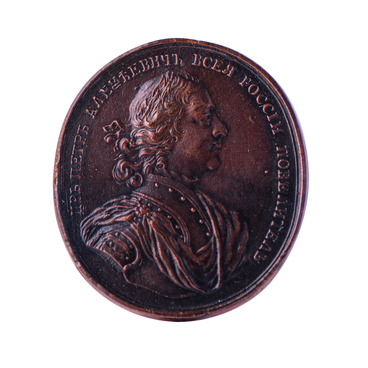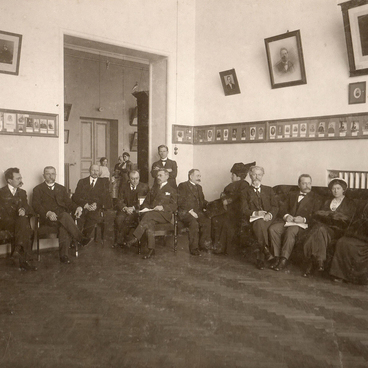Throughout the 19th century, a writing set was an essential attribute of the daily lives of the nobility. Using writing materials, they would draw up and copy documents, write diary entries, letters, and works of literature. As a rule, a writing set included a variety of items: inkwells, quills, candle holders, paper trays, paperweights, knives, ashtrays, and match holders.
In the 19th-century Russian Empire, a designer writing set served multiple purposes. It was not only a collection of writing tools but also an element of décor that indicated the cultural and social status of its owner. Decorative elements made from various materials added a touch of elegance and sophistication to such objects. Most often, writing tools were produced and decorated using such materials as marble, bronze, copper, glass, and enamel.
The writing set from the museum collection includes a massive rectangular stand made of black marble, with two bronze inkwells mounted on it. The stand is decorated with a large bronze figurine of a lion with an open mouth, stepping over the trunk of a fallen tree. The set also included a paper knife with a lion’s head on it. In the early 19th century, there was no special equipment to trim a large number of book pages at once. Therefore, books were delivered to readers with unopened pages. To separate them and read the book, people used special paper knives.
Next to such a writing set, there would usually be a paper tray and a rocker blotter. Blotting paper was attached to the convex bottom of the blotter to absorb excess ink and accelerate the drying process.
The set from the museum collection is an example of 19th-century urban culture. Its decorative design suggests that it served as a symbol of high social status.

